“My hair is my second skin.”
Hair transcends its biological function and aesthetic appeal, serving as a potent symbol of cultural heritage, personal identity, and self-concept for many individuals. This phenomenon is exemplified in a recent incident that garnered significant attention on Chinese social media platforms. A young woman, having received an offer from her dream school, shared a selfie showcasing her vibrant pink hair.
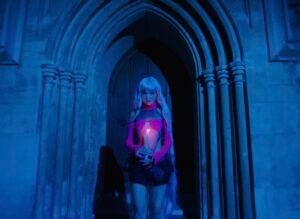
However, the image was illicitly disseminated across various platforms, subjecting her to an onslaught of unwarranted criticism and trolling, specifically targeting her unconventional hair color. In response to the backlash, she felt compelled to revert to a more traditional black hair color.
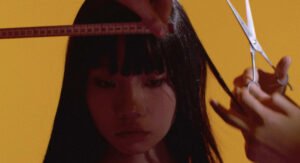
Celebrating Diversity: The Interplay of Hair, Identity, and Cultural Diversity
This incident underscores the intricate relationship between hair, identity, and cultural diversity. It serves as a poignant reminder of the importance of embracing one’s unique identity and respecting the individuality of others. By sharing this narrative, we aim to foster a more inclusive and understanding society where diversity is celebrated rather than condemned.
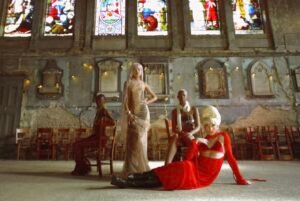
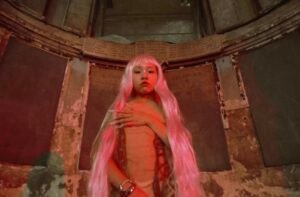
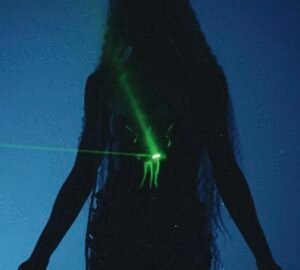
Process
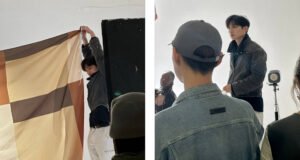
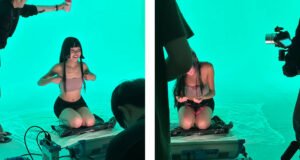


Crew and Special Thanks
Haowei li, Ximan Tan, Huiqun Xu, Effy Xie, Zinzi, Baby Face, Eireney, Liwenxuan Xu, Ciel Zhang, Tang, Andre Jiang, Xiangyu Guo, Billie, Danhua Zhu, Zeyuan Zhang, Kori, Evie Izak, Eylul Unver, Siqi Zhuang, Frida, Shijie Wang, Ningyue Qian, University of the Arts London, London College of Communication, London College of Fasion, Asylum Chapel